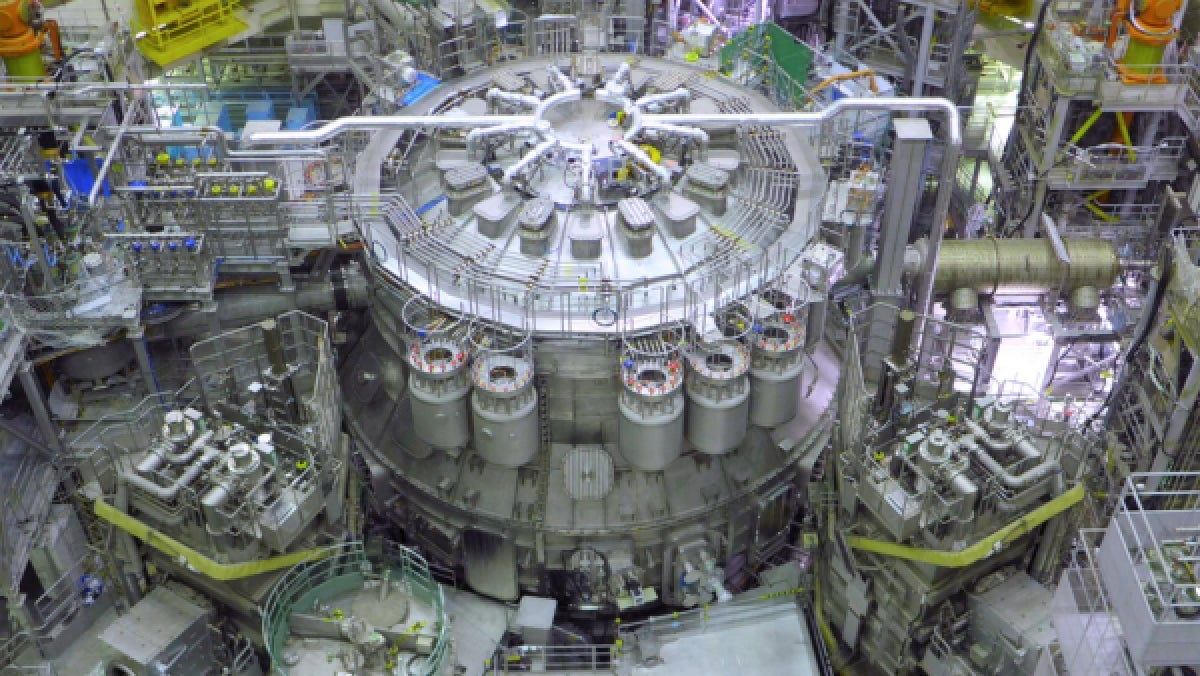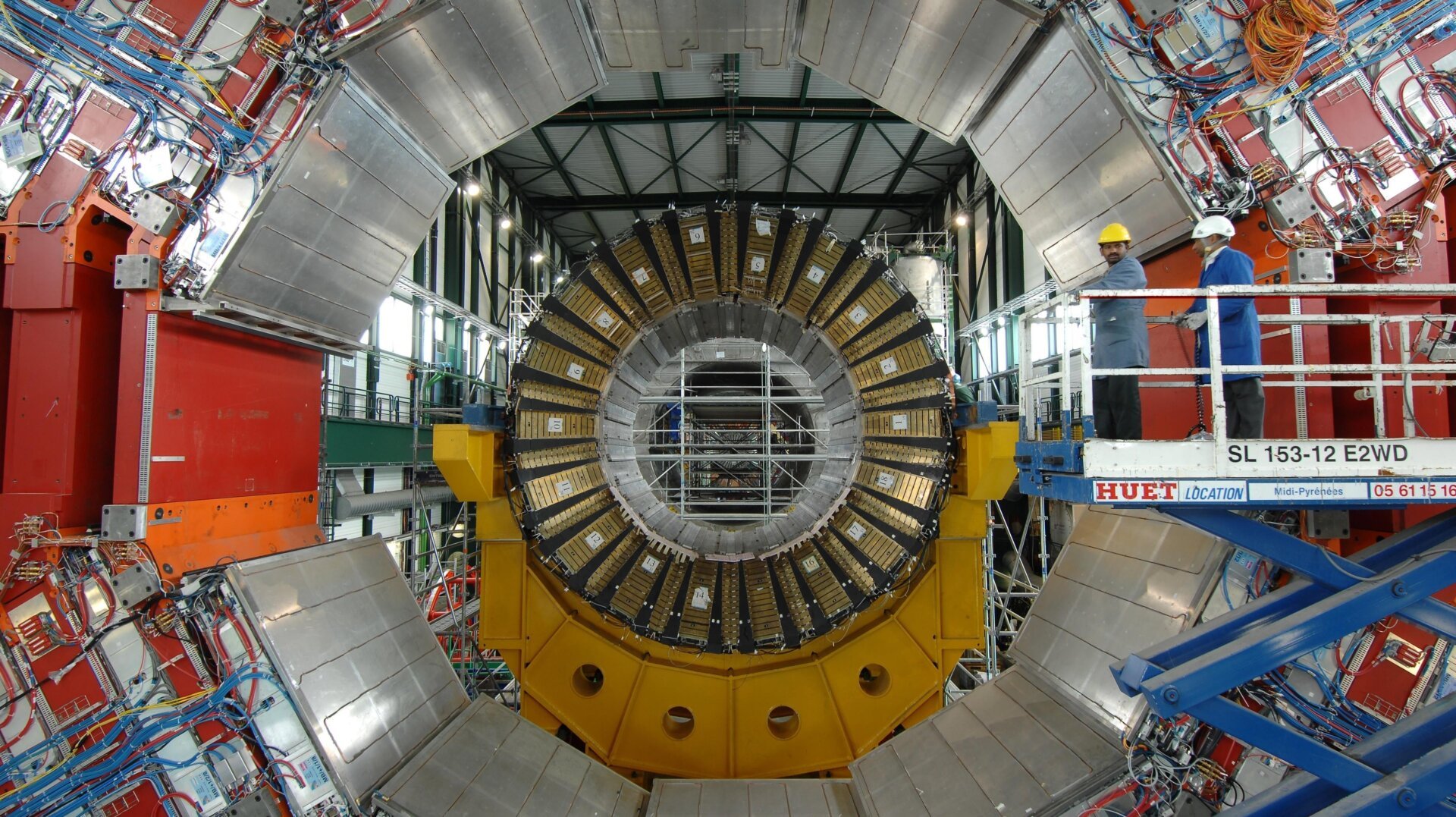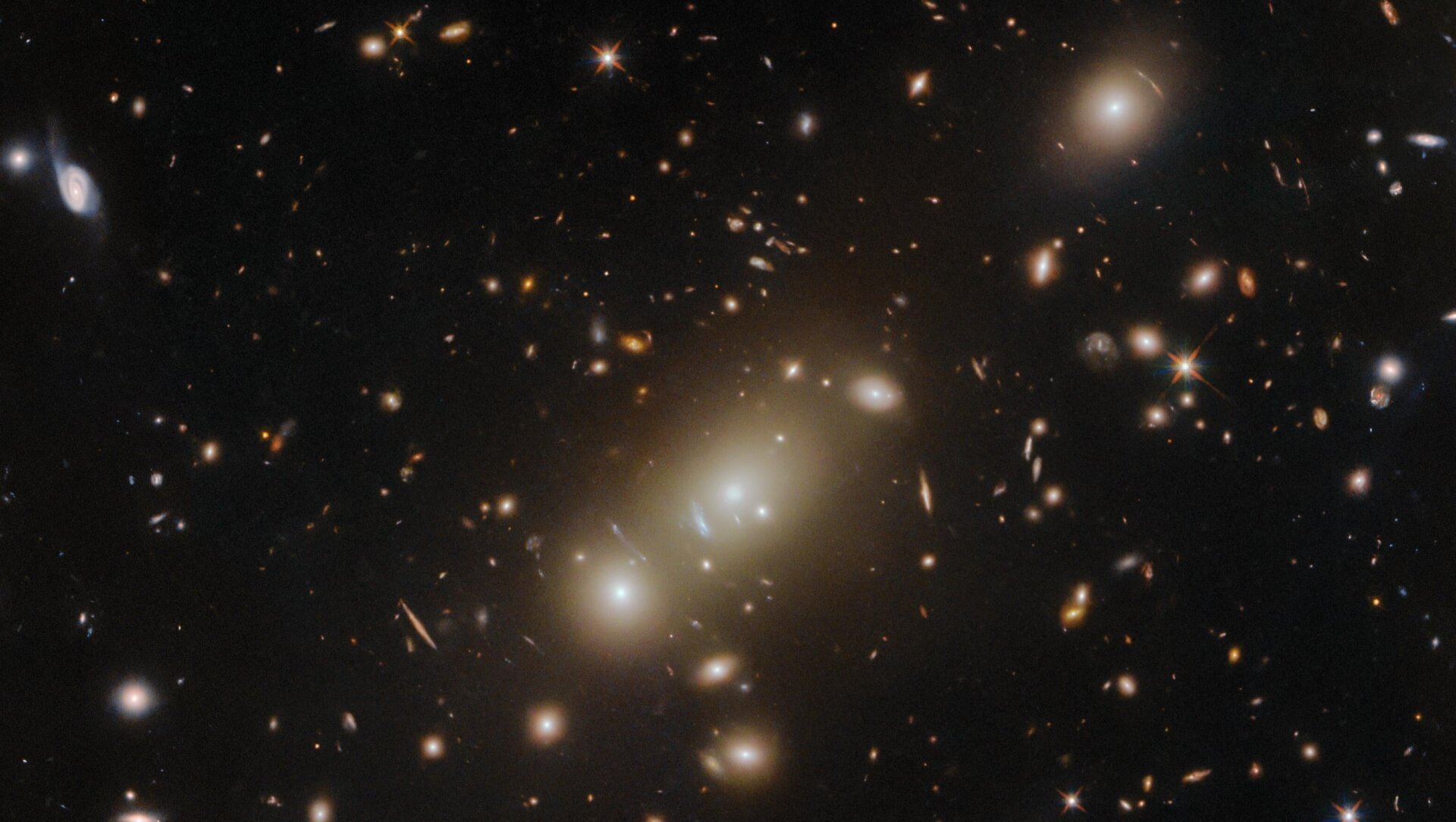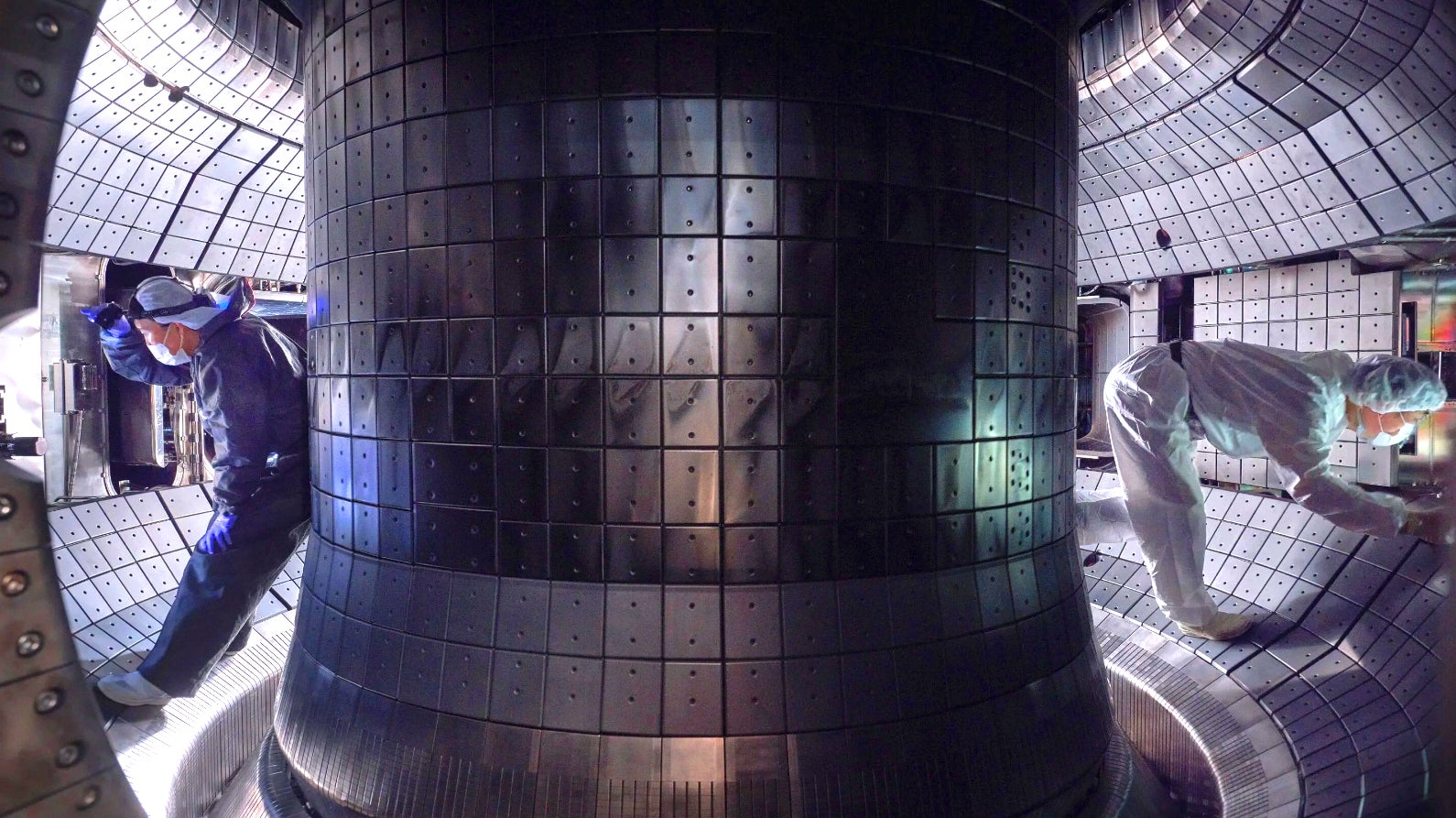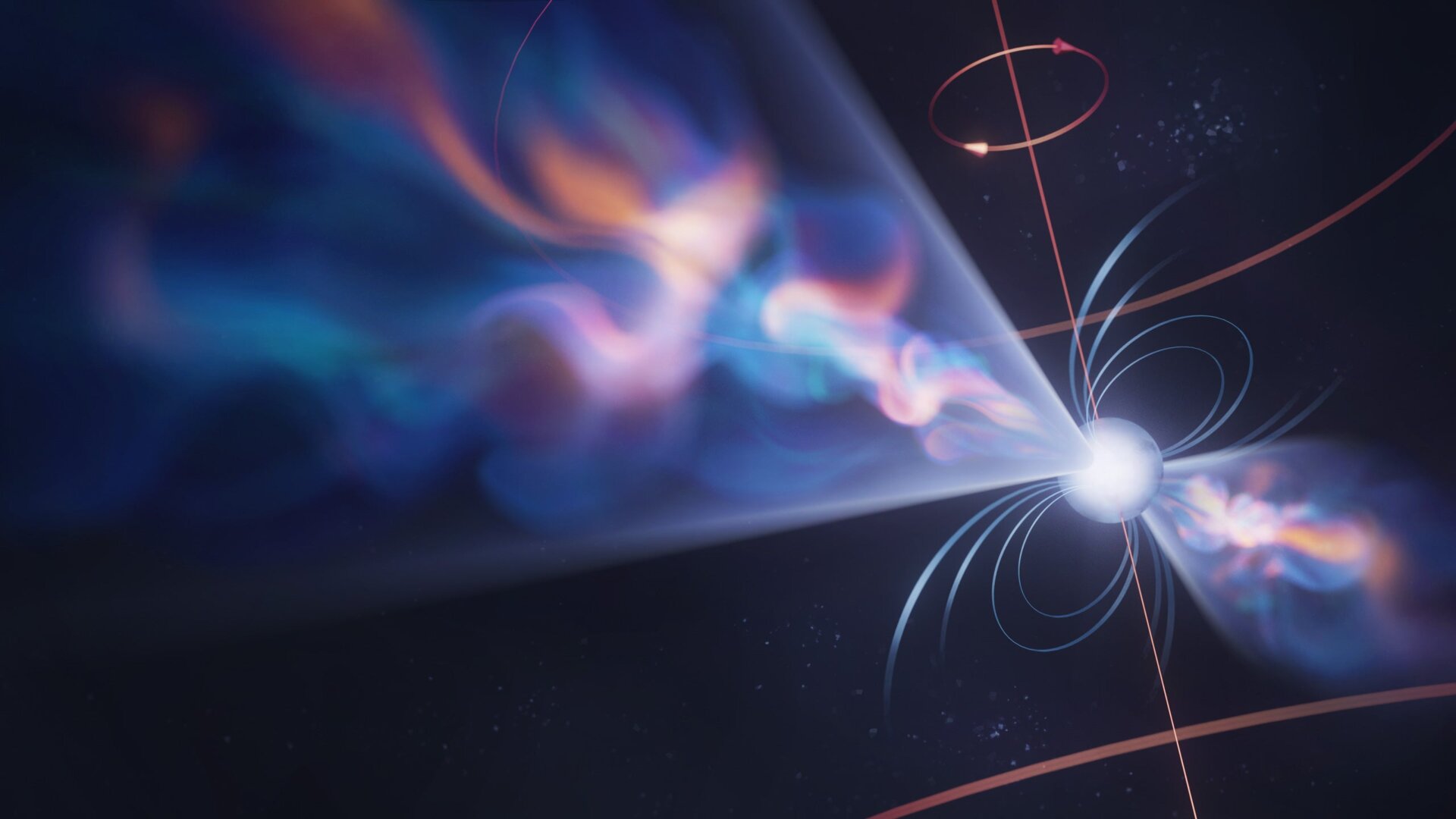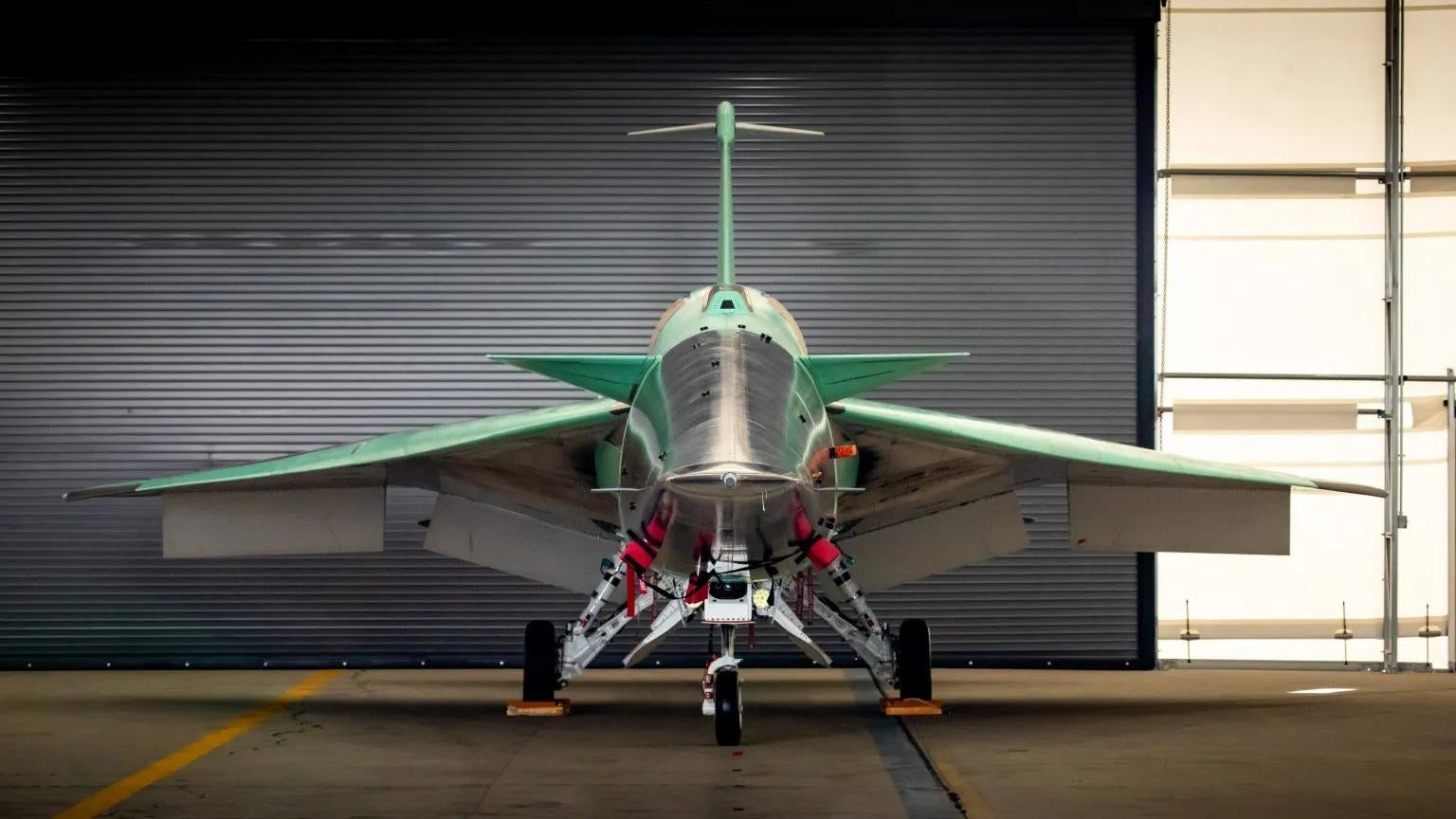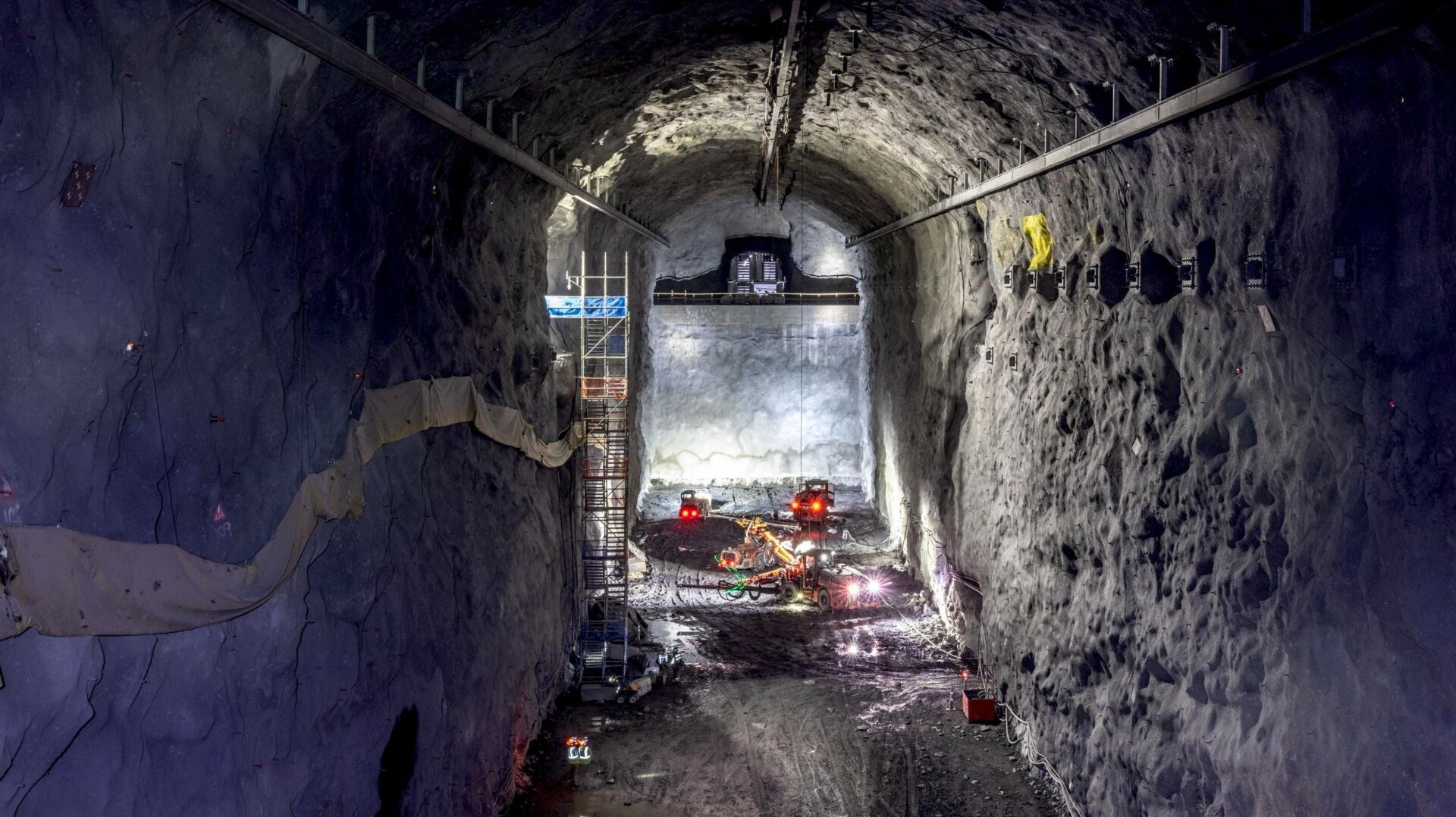The world’s largest experimental nuclear fusion reactor, JT-60SA, was officially inaugurated north of Tokyo, marking a significant milestone in the pursuit of sustainable fusion energy. This achievement underscores the ongoing global effort to harness the power of nuclear fusion as a viable energy source.
This donut-shaped tokamak reactor, capable of heating plasma to a staggering 360 million degrees Fahrenheit (200 million degrees Celsius), first fired up in October. While initial tests are promising, researchers predict it will take approximately two years to achieve the plasma conditions necessary for full-scale experiments, according to Science.
At the inauguration ceremony, EU energy commissioner Kadri Simson hailed JT-60SA as “the most advanced tokamak in the world,” highlighting fusion’s potential to revolutionize the global energy mix in the latter half of this century, as reported by AFP.
The Potential and Challenges of Fusion Energy
While the potential of fusion energy is immense, realizing its practical application remains a significant challenge. Often dubbed the “holy grail” of energy research, successful and economical fusion power could drastically reduce, or even eliminate, humanity’s dependence on fossil fuels.
However, achieving this ambitious goal requires overcoming considerable hurdles. JT-60SA, along with the under-construction International Thermonuclear Experimental Reactor (ITER) in Europe, represent crucial steps in demonstrating the technological feasibility of large-scale fusion. While ITER faces delays and budget overruns, it, like JT-60SA, is a critical stepping stone. Both technological and economic viability must be achieved for fusion to become the transformative energy source envisioned.
Fusion vs. Fission: A Cleaner Energy Process
Nuclear fusion, while more complex than fission, offers a significantly cleaner energy process. Fusion involves merging two light atomic nuclei into a heavier one, releasing enormous energy. In contrast, nuclear fission splits a large atom into smaller particles, generating less energy and producing radioactive waste. Fusion, on the other hand, produces no radioactive byproducts.
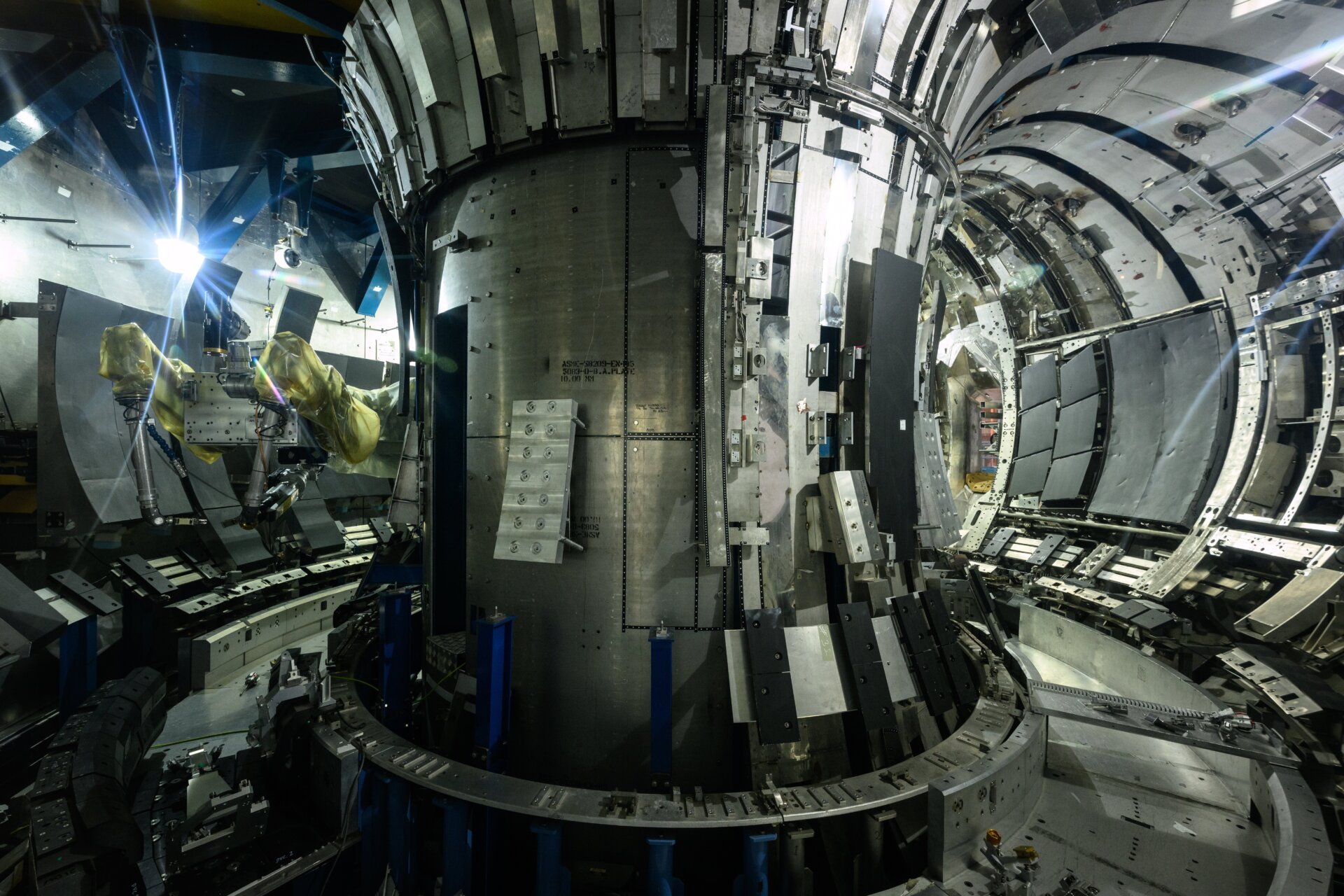 The interior of the JET tokamak, which achieved a record reaction in 1997, a result doubled by JET last year.Inside the JET tokamak, demonstrating the complex technology involved in fusion research.
The interior of the JET tokamak, which achieved a record reaction in 1997, a result doubled by JET last year.Inside the JET tokamak, demonstrating the complex technology involved in fusion research.
Recent Breakthroughs and the Road Ahead
Last year, scientists at Lawrence Livermore National Laboratory achieved net energy gain in a fusion reaction, generating more energy (3 megajoules) than the input required (2 megajoules). While a monumental achievement, the experiment required a significantly larger energy input (300 megajoules) to initiate, highlighting the long road ahead for practical fusion power.
JT-60SA’s Role in the Future of Fusion
The experiments conducted at JT-60SA will be invaluable to ITER, a reactor with six times the volume of its Japanese counterpart. However, unlike ITER’s planned use of tritium (a rare hydrogen isotope) starting in 2035, as reported by Science, JT-60SA will not utilize tritium in its reactions.
Despite this difference, JT-60SA is a crucial step forward, as noted by deputy project leader Sam Davis during the inauguration. This collaborative effort, involving over 500 scientists and engineers from more than 70 companies across Europe and Japan, will undoubtedly bring the world closer to realizing the dream of fusion energy.
A Collaborative Global Effort
Alongside these large-scale tokamak and stellarator projects, smaller reactor initiatives like the MIT-CFS collaboration’s SPARC experiment, utilizing high-temperature superconducting magnets, are also underway. SPARC is slated for completion in 2025, coinciding with ITER’s planned first plasma generation.
Conclusion: A Future Powered by Fusion?
While scalable nuclear fusion remains a long-term goal, the dedication and progress demonstrated by projects like JT-60SA are essential for its eventual realization. These ongoing efforts, combined with advancements in related technologies, offer a hopeful glimpse into a future potentially powered by clean, sustainable fusion energy.



